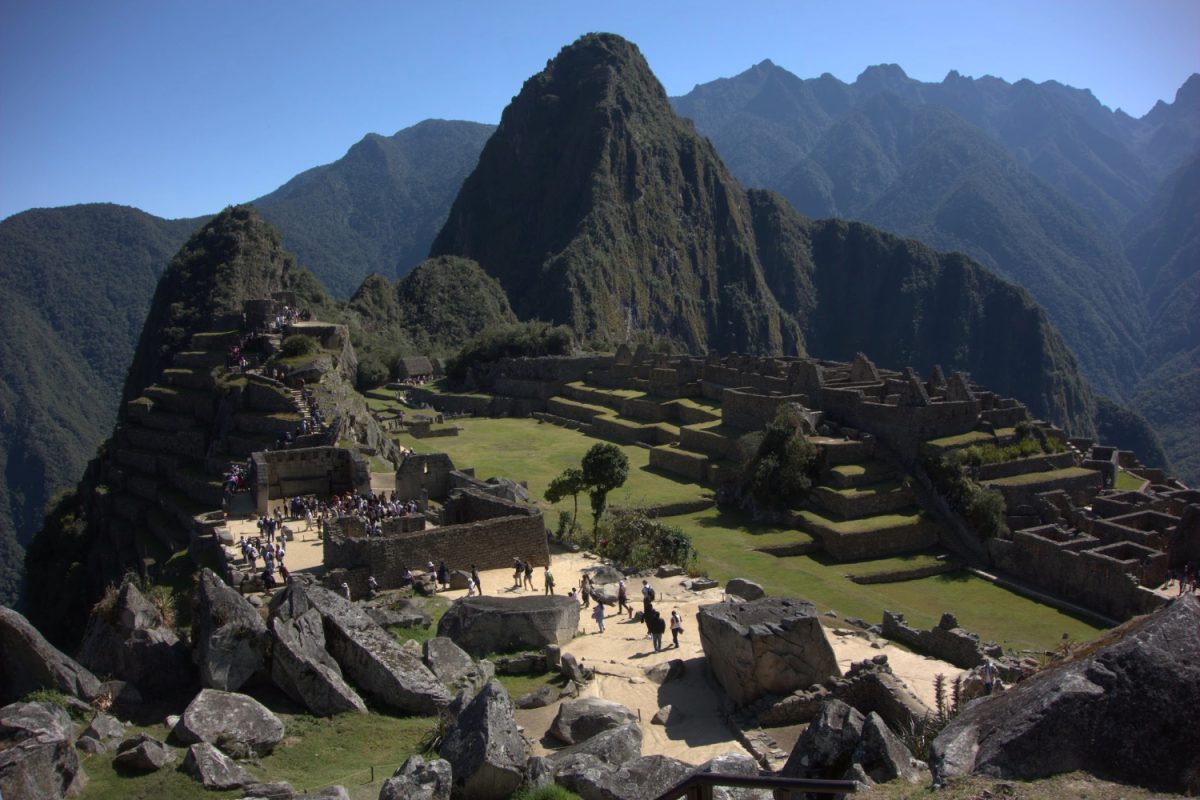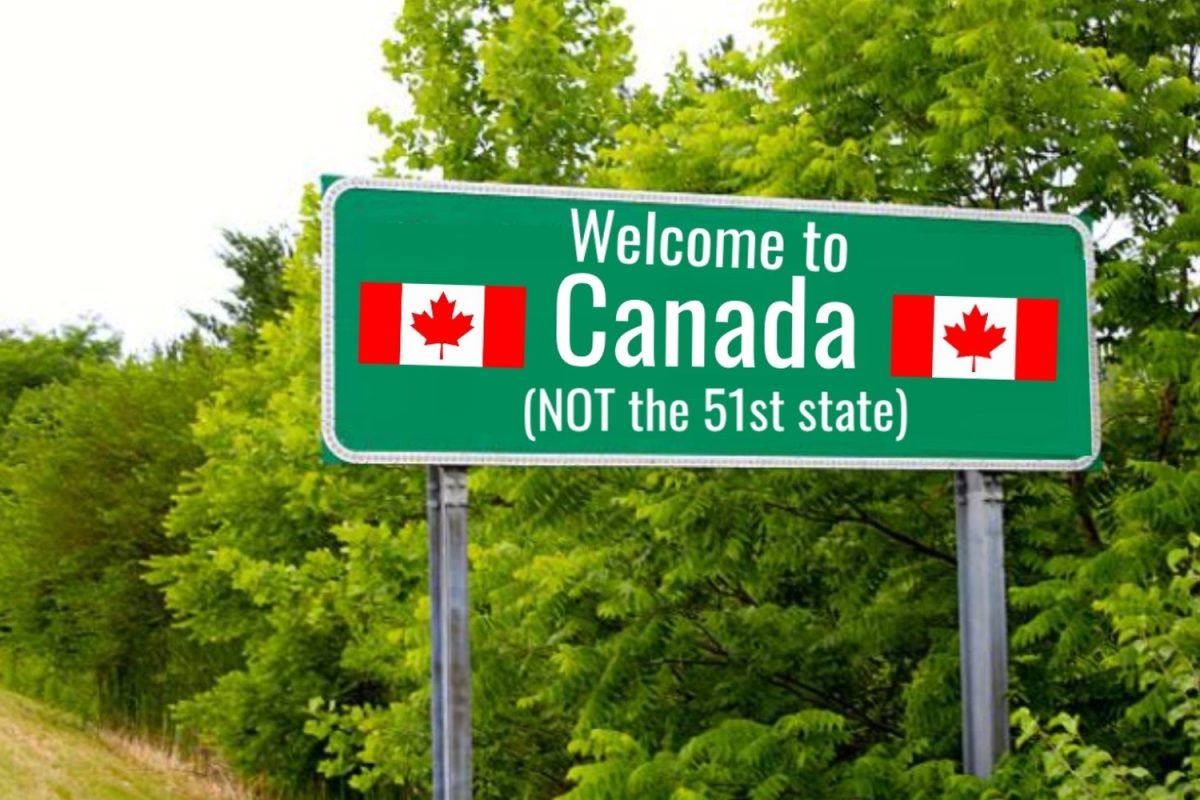The top three most visited countries in 2024 were France, Spain, and the United States, with a combined total of 252.4 million visitors, according to WP Travel.
The global tourism sector has been growing nearly without interruption since 1980, with international arrivals increasing from 277 million to nearly 1.5 billion in 2019, according to Statista.
While tourism naturally hit an all-time low during the COVID-19 pandemic with everyone at home, there has since been an unprecedented spike in travel worldwide as global tourism returns to pre-pandemic levels, with an estimated 1.3 billion international arrivals in 2023.
These increasingly high levels of tourism have positive economic benefits. They are beneficial for people, but the drawbacks of overtourism can be pronounced, and thus, there needs to be more regulations to combat this at popular tourist destinations.
According to National Geographic, overtourism has several adverse effects, including overcrowding causing price increases and environmental damage such as littering, hiking trail erosion, and damage to historical sites.
Overtourism has directly contributed to the degradation of natural environments in countries like Thailand, where an influx of tourists over several decades caused the devastation of 77% of Thailand’s total 238.4 square kilometers of coral reefs, according to DW.
Additionally, tourism can disrupt local communities; there have been many instances of rude tourists not disrespecting locals in the places they visit or disregarding the history of these locations.
An example is a tourist in 2023 in Chichén Itzá, a complex of Mayan ruins in Mexico. He climbed to the top of a temple despite strict and prominent signage warning people not to do so and was subsequently fined for these actions. This blatant disrespect is harmful to local communities, and this, combined with the overall increase in crowds, can make the experience less authentic and enjoyable.
Thus, implementing permit systems or visitor caps to certain popular tourist destinations can improve the experience for everyone involved.
Many locations around the world have already successfully launched these systems.
Machu Picchu in Peru receives approximately 1.6 million visitors annually, according to Statista, and created a permit system to decrease the number of hikers on the Inca Trail and visitors to the indigenous heritage site daily. Boracay, a tropical island in the Philippines, began a visitor cap of 6,400 arrivals per day in 2018, according to the New York Times, to preserve the natural beauty of the environment and improve visitor experience.
While some argue that restricting tourism could hurt local economies, the demand to travel to these locations will still persist. Overall, increasing regulations has more long-term benefits because this will preserve historical locations for many future generations to enjoy.






















